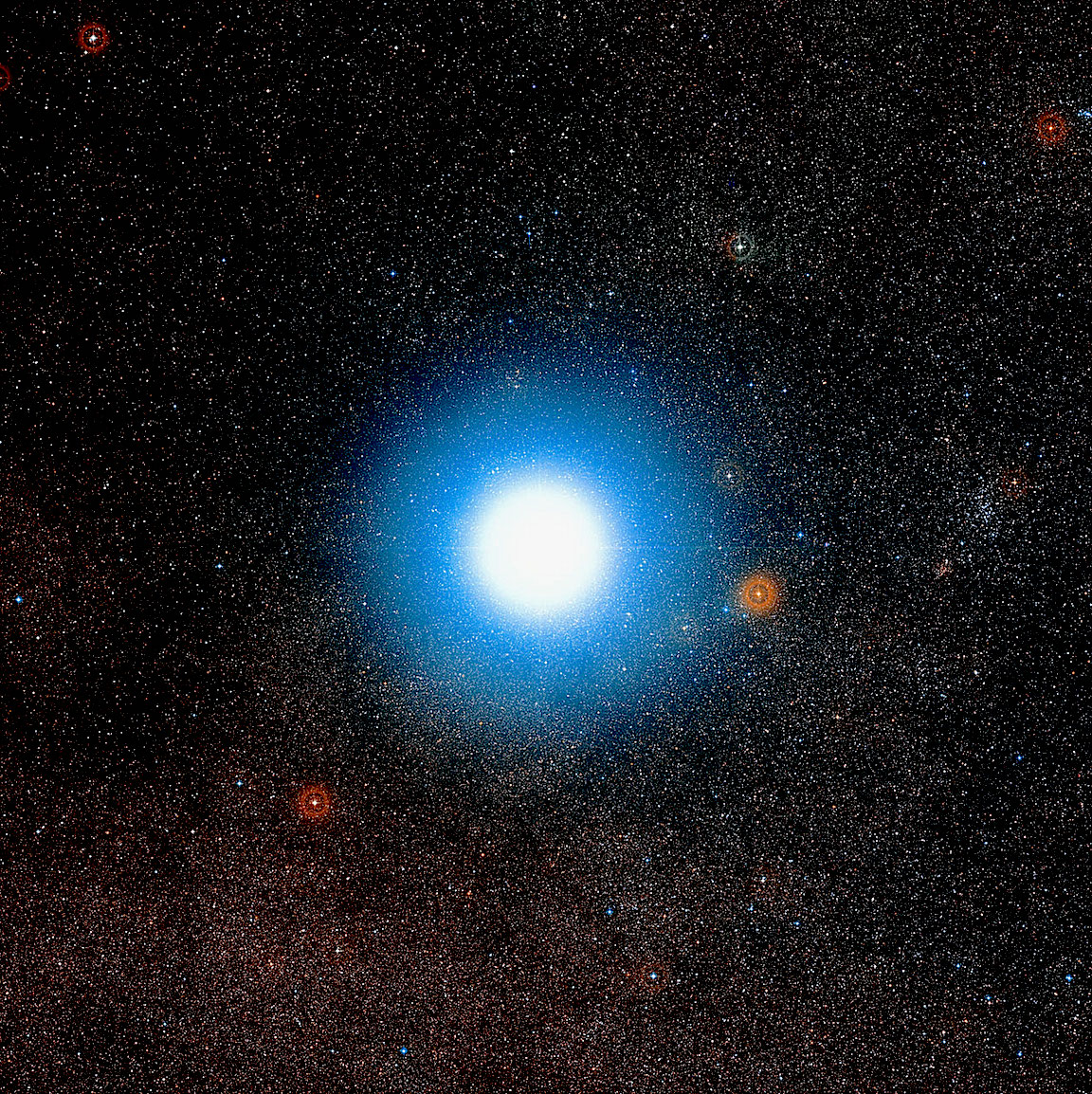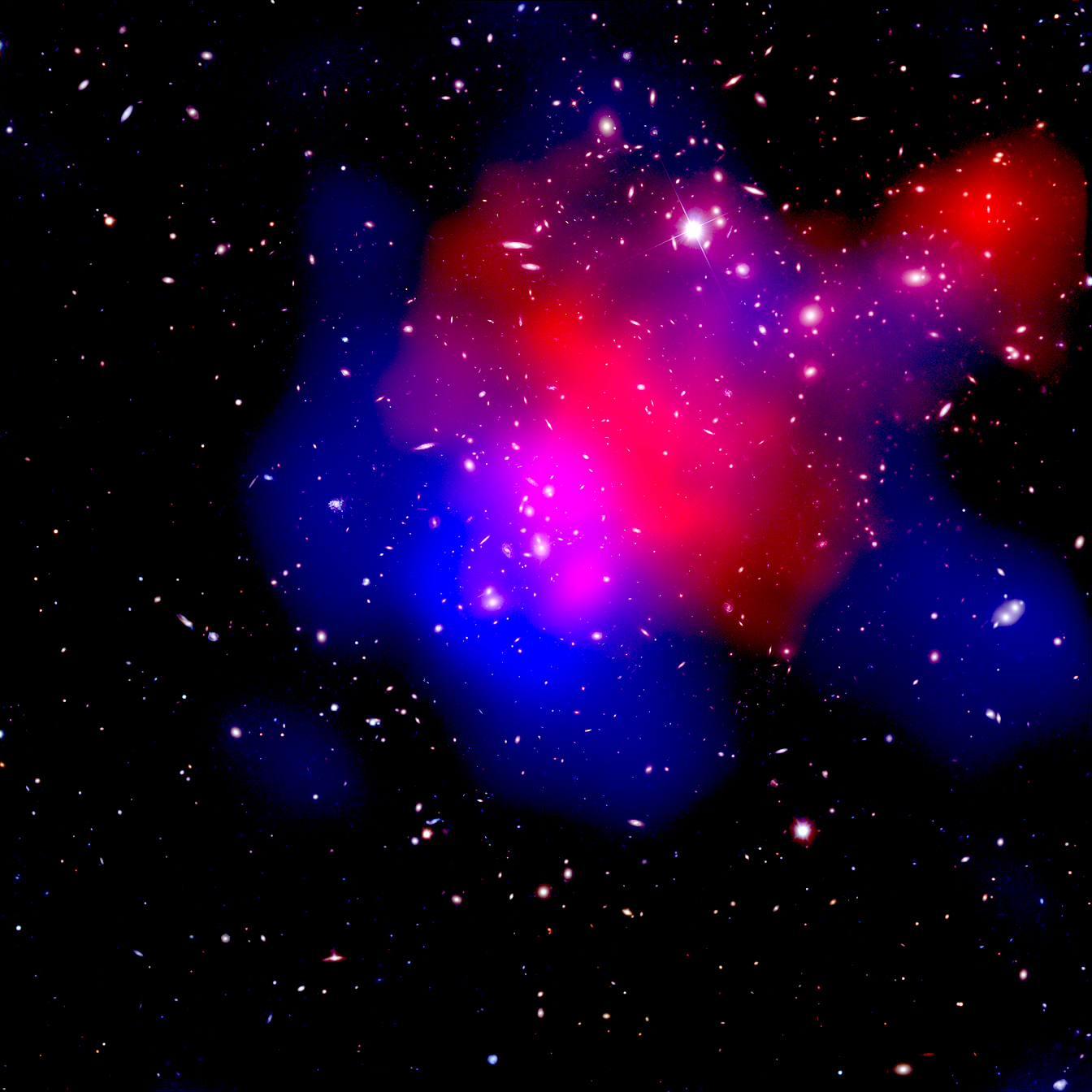Year: 2015
Hunting Planets
Auroral Arrangement

Apr 27, 2015 Earth and Jupiter reveal their common connections to the Sun. As previous Picture of the Day articles mention, Earth possesses a complex electrically active structure called a magnetotail (or plasma tail) that extends for millions of kilometers, always pointed away from the Sun. Streams of…
Google’s Plan to “Estimate Web Sources’ Trustworthiness” | Space News

Many disturbing examples demonstrate that scientific debate and inquiry on the Internet is not always free nor open. One such example may be Google’s recently announced plan to begin manipulating search engine results to reward websites based on their apparent factual soundness. The stated purpose of the plan is to…
A Place in the Stars
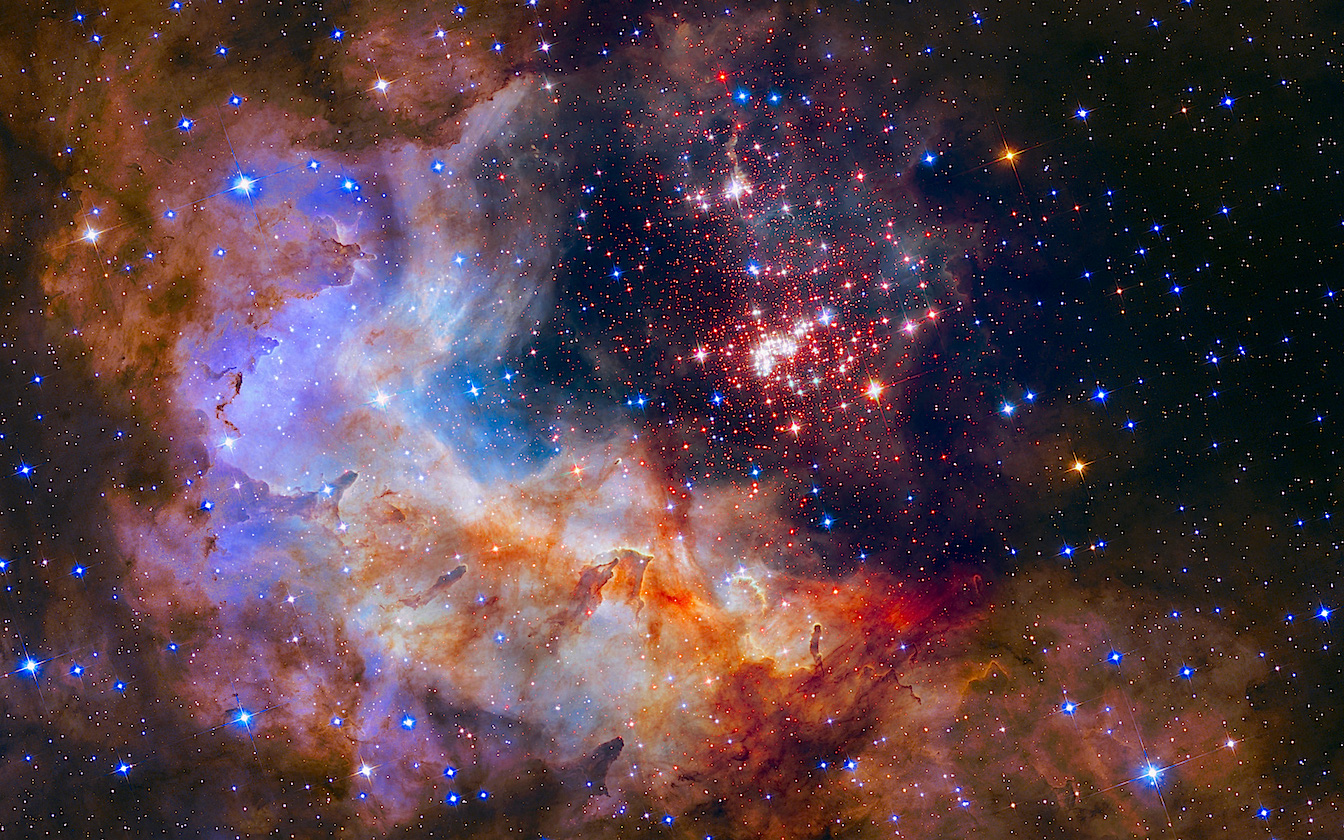
Apr 24, 2015 What takes place on Earth most likely reflects large-scale phenomena. In celebration of the Hubble Space Telescope’s twenty-fifth anniversary, the European Space Agency (ESA) released the image at the top of the page. The star cluster known as Westerlund 2, along with the surrounding view of…
Not So Far
What are Stars?

Apr 22, 2015 Stars are not merely gravitationally compressed hot gas. What are the stars? The question might seem self-evident, since children are taught from an early age that they are intensely bright, burning balls of hydrogen gas. A star’s great size, therefore its great gravitational attraction, is what…
The Heart of the Matter
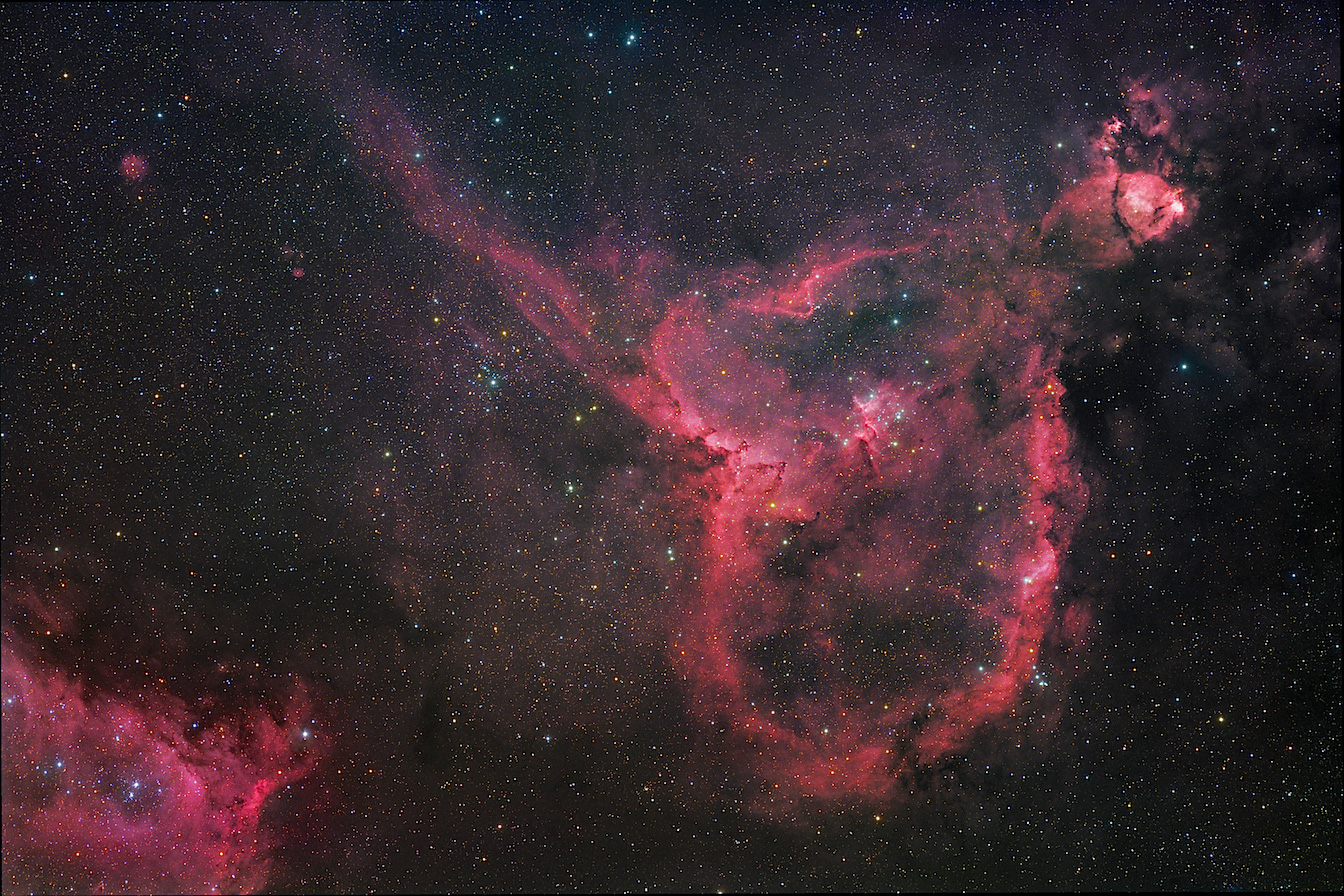
Apr 21, 2015 Nebulae exhibit electrical characteristics. Previous Picture of the Day articles contend for an electrical interpretation of astrophysical observations. Every science journal describes nebulae like IC 1805 in terms of gases and “blowing” dust, along with “winds” created by “shock waves” from exploding stars. In many cases a…
Dark Detection
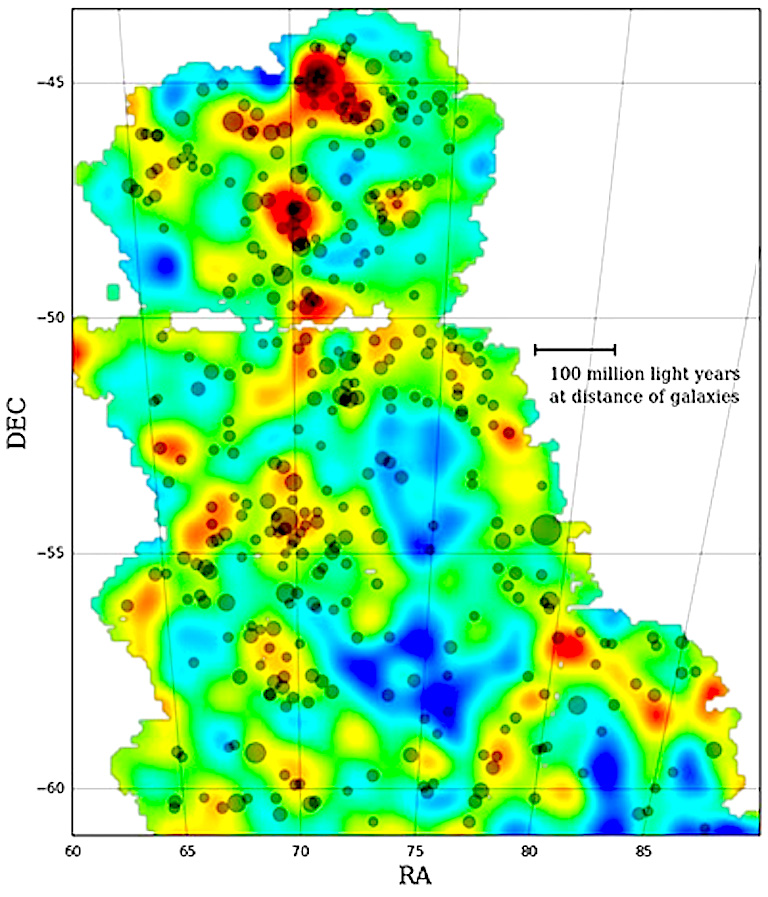
Apr 20, 2015 Electric Universe theory fits observations better than dark matter theory. In previous Picture of the Day articles about the existence of “dark matter”, it was noted that it is primarily an ad-hoc theory, created so that the current gravitational models of the Universe can be preserved….
Preview with Michael Steinbacher | EU2015

A growing community of scientists and independent investigators are exploring the effects of electrical discharges on planetary surfaces. A key figure in this blossoming field is Michael Steinbacher, a professional photographer who has studied the geological formations in the American Southwest. He is scheduled to speak at the forthcoming EU2015 Conference:…






